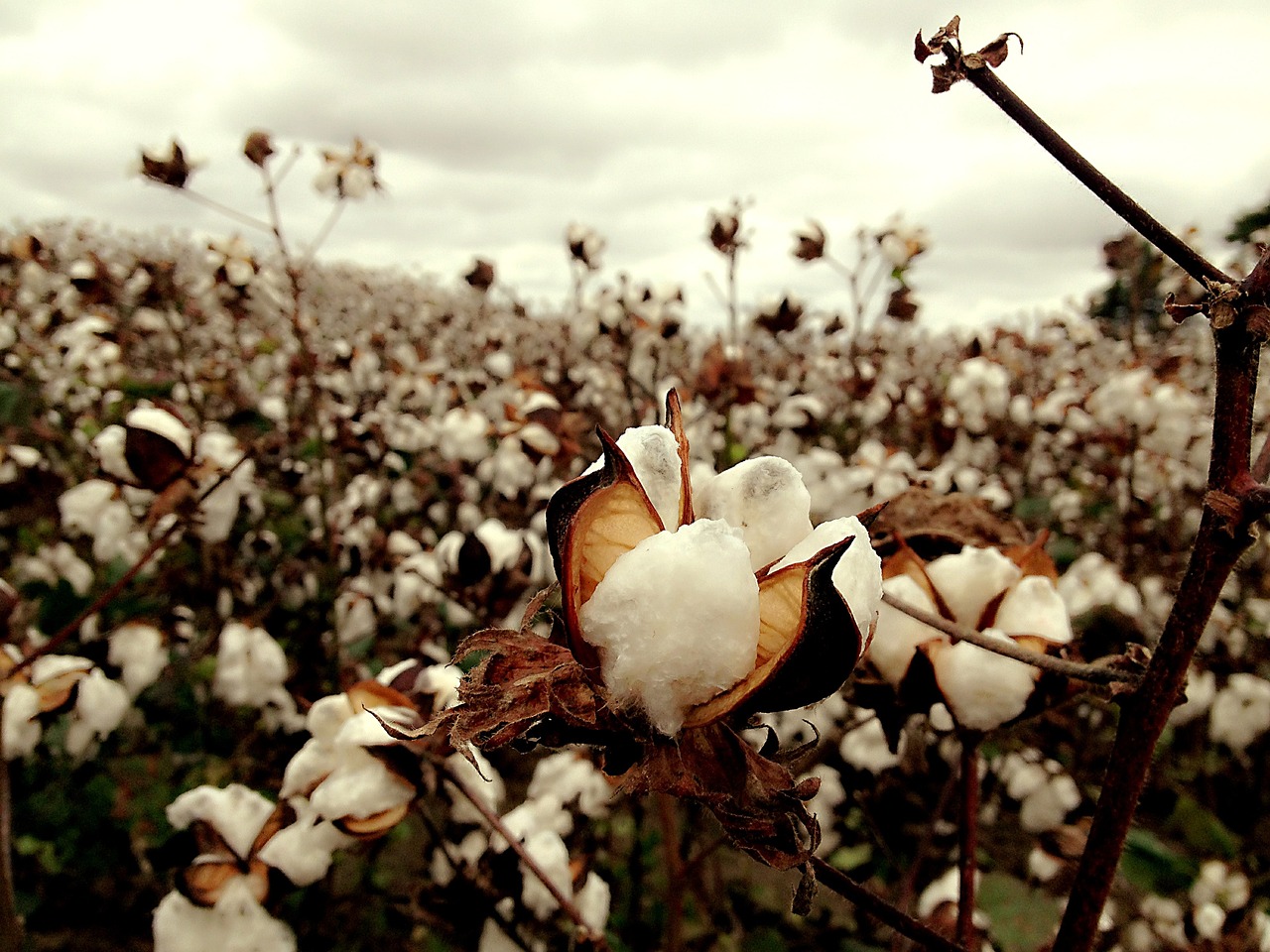The actual acreage and production have decreased for all major crops, despite the government’s promotion of millets. When farmers receive guaranteed irrigation, experts claim that the only thing that will prevent them from switching to other crops is better returns. Ragi, bajra, and jowar’s total production have decreased by 7% to 15.6 million tonnes over the past eight years, despite an increase in the MSP of 80-125 percent between 2013–14 and 2021–22. Jowar and ragi production is down, but bajra production has remained constant.
Bajra and ragi had average mandi prices that were 14 and 31% lower than minimum support prices (MSPs) during the main Kharif harvesting season (October-December 2022-23), respectively. In contrast, the Agmarknet portal reported that the farmgate price of jowar was 4% higher than MSP and had increased by 57% from the same period last year. Even though mandi prices have increased by more than 60% from the previous year, experts are puzzled as to why the amount of land planted in jowar during the current rabi season has decreased from the previous one.
Rampal Jat, president of Kisan Mahapanchayat, echoed similar concerns when he noted that farmers used to cultivate guar, moth, and bajra before the Indira Gandhi canal reached western Rajasthan. Today, wheat, mustard, cotton, and other cash crops are grown over the entire region. The rise of millets, according to Rampal Jat, would depend on government policy and changes in dietary preferences. Jat attributed the present high pricing of jowar to a lack of supply of cattle feed. In the absence of that, farmers sold their millet crop in 2021 (Oct.–Dec.) at a 30% discount to MSP.
Although they concurred that the scale is less in millets than in other crops, scientists in agriculture ascribe this to the effects of climate change. Jowar, for example, had a productivity of one tonne per hectare in 2019–20, 1.13 tonnes per hectare in 2020–21, and 1.11 tonnes per hectare in 2021–22 over all of India. In terms of bajra, Uttar Pradesh, the second-largest producer, had yields of 2.11 tonnes per hectare in 2019–20, 2.22 tonnes per hectare in 2020–21, and 2.16 tonnes per hectare in 2021–22.

